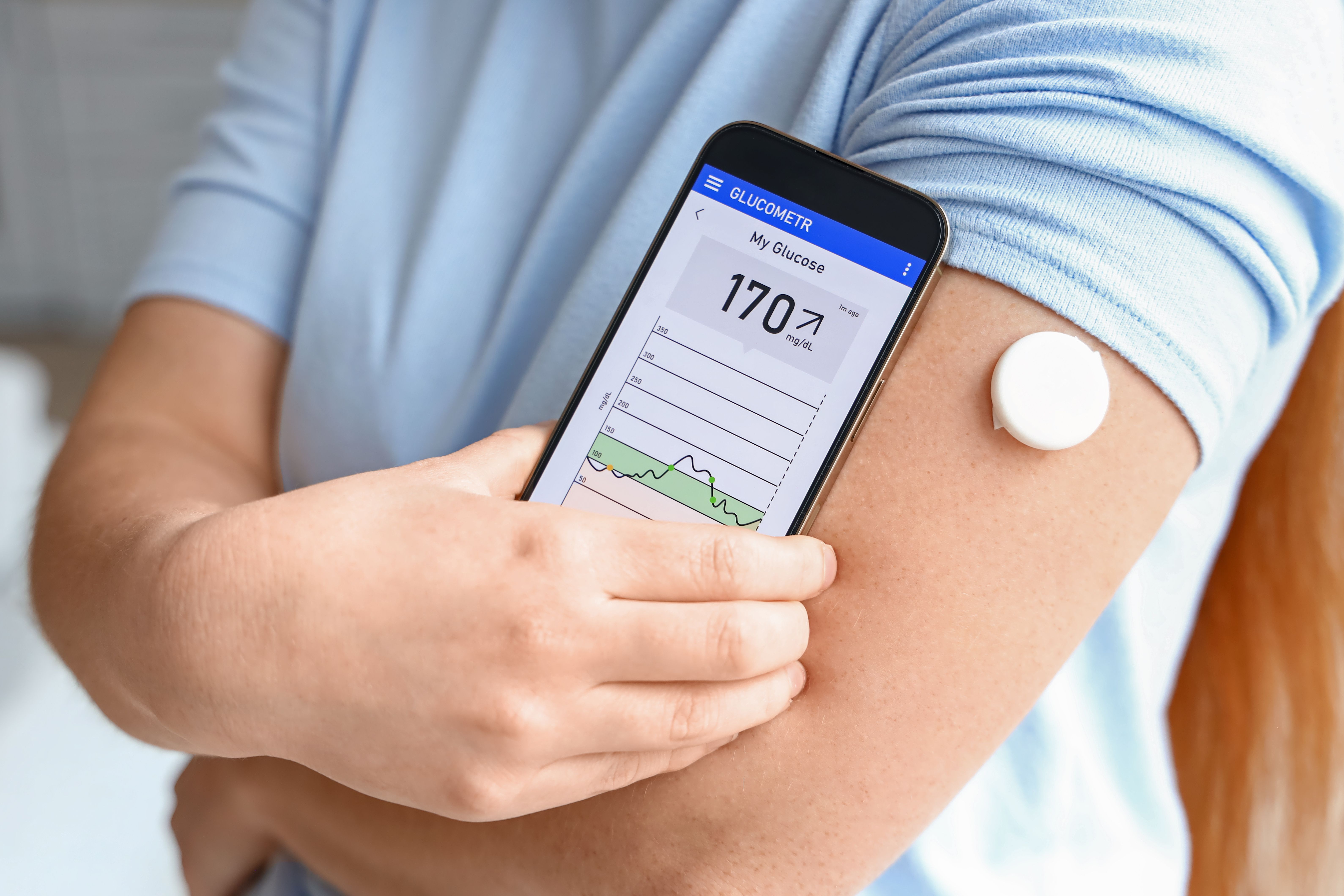Study: CGMs Show Promise in Early Diagnostic of Type 2 Diabetes
This method supports improved, early detection for diabetes without relying on blood samples or complex procedures.
Continuous glucose monitor (CGM)-derived measures, including autocorrelation function of glucose levels, can help to predict glucose filtering capabilities for patients without a prior diabetes diagnosis, according to results of a study published in Communications Medicine. The investigators of the study found that their approach could improve early detection for diabetes without relying on blood samples or complex procedures.1,2
This method supports improved, early detection for diabetes without relying on blood samples or complex procedures. | Image Credit: Pixel-Shot - stock.adobe.com

“Traditional diabetes tests, while useful, do not capture the dynamic nature of glucose regulation under physiological conditions,” Shinya Kuroda, MD, PhD, a professor at the Graduate School of Science at the University of Tokyo, said in a news release.2
Diabetes is increasing in prevalence and remains a global health concern, so early detection of impaired glucose regulation is essential to prevent or delay the onset of type 2 diabetes. Continuous monitoring can have more accurate results than a periodic blood sample, according to the news release. CGMs have been shown to find patterns in glucose fluctuations even for individuals who have a normal glucose tolerance, which suggests that current diagnostics could miss subtle and earlier changes in glucose regulation.1,2
However, current CGM data focuses on mean- or variance-based measures, which could overlook temporal dynamics, according to the authors. “The relationship between these CGM-derived measures and established indices of glycemic regulatory capacity, such as the disposition index (DI, a product of insulin sensitivity and secretion) remains poorly understood,” the authors stated.1
In the study, investigators proposed that the framework using the autocorrelation function of glucose can identify the regulatory capacity of glucose homeostasis, thus being able to detect impaired glucose regulation. They included 64 individuals who did not have a prior diagnosis of diabetes, and the framework aims to identify unrecognized subgroups of individuals with reduced DI comparable to those with impaired glucose tolerance (IGT), according to the authors.1
Individuals included in the study were recruited from Kobe University Hospital in Hyogo, Japan, from January 2016 to March 2018, and they underwent an initial 75 g oral glucose tolerance test after overnight fasting. Investigators also used clamp tests to assess insulin sensitivity and glucose metabolism as well as validate the findings with an independent dataset.1,2
The findings showed that the autocorrelation function of glucose levels strongly correlated with DI, which is a predictor of diabetes risk. The model combined the autocorrelation function of glucose levels with glucose standard deviation and demonstrated that it outperformed traditional diabetes markers, including fasting blood glucose, hemoglobin A1c, and oral glucose tolerance tests, to predict DI.1,2
“By analyzing CGM data with our new algorithm, we identified individuals with impaired glycemic control—even when standard diagnostic tests classified them as ‘normal,’” Kuroda said in the news release. “This means we can potentially detect issues much earlier, creating an opportunity for preventive interventions before diabetes is diagnosed.”
Furthermore, the investigators found that the method was also more accurate than conventional diagnostics of diabetes-related complications, including coronary artery disease. They developed a web application for individuals and health care providers to easily calculate CGM-based indices and support broader access.2
“Our ultimate goal is to provide a practical, accessible tool for widespread diabetes screening,” Kuroda said in the news release.2 “By enabling early detection of glucose regulation abnormalities, we hope to prevent or delay disease onset and reduce long-term complications.”